A customer-centric business follows the adage that the customer is always right. This type of business makes a customer feel welcome and heard. Businesses has to ensure that customer’s needs are understood and met properly.. The customer should not feel like they are only in a business relationship but rather in one that treats them fairly as human beings.
For customer-centricity to work, the marketing strategy should be exact. Know your customer and make sure that your customer knows you, too. Feedback is also very crucial. According to a study by Twilio Segment, 85% of businesses believe that they are serving their customers on a personal level; however, only 60% of customers think of it that way. Let’s look at eight proven strategies to build a customer-centric business to ensure no such gap.
Table of Contents
Strategies to Build a Customer-Centric Business
A lot goes into creating customer-centricity. We want to focus on the strategies to make customer-centricity work without going into the fundamental nuances.
Company leaders must understand the importance of investing in customer service. Investment not only involves hiring deserving staff. It also consists of hiring the correct amount of staff members. If more people work in customer service, they wouldn’t feel overwhelmed with pressure. If they take out their frustrations on potential customers, this might eventually harm the business’ ROI. One must be particularly cautious since a human element is involved.
Agents involved in customer service should be paid appropriately. They should be appreciated whenever they showcase the true meaning of customer-centricity. Metrics must be calculated regularly. In case required, investment should be made for proper training too.
1. Involvement
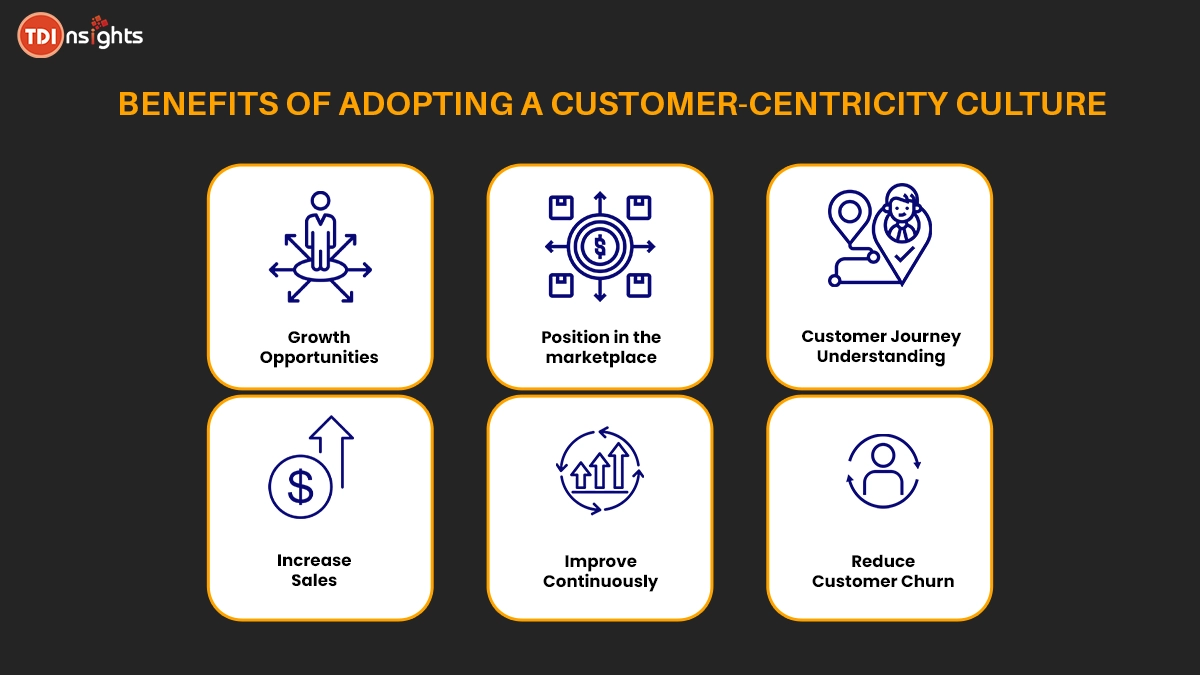
The onus of customer-centricity doesn’t lie on just the customer service representatives. Everyone in the business, whether top management, jobber, or anybody in-between, must know the customer-centric values the business wishes to follow. Everyone working at the business must remember the customer while doing their assigned task. Each employee should anticipate customer queries and consider how to overcome any challenges. Customer service representatives do not feel too burdened when each employee gets involved.
Cross-department collaborations are very much needed for this. If each department clears its questions as and when they pop up, then the last person in the process need not go back to the very beginning to get an answer to their query.
Leaders should show significant involvement. They should inspire their employees. Awards and recognitions should be duly distributed to employees who project customer-centricity. Such bonuses boost the morale of hardworking employees and instill a feeling of healthy competition amongst colleagues. This competition will, in turn, benefit the business as a whole.
2. Feedback
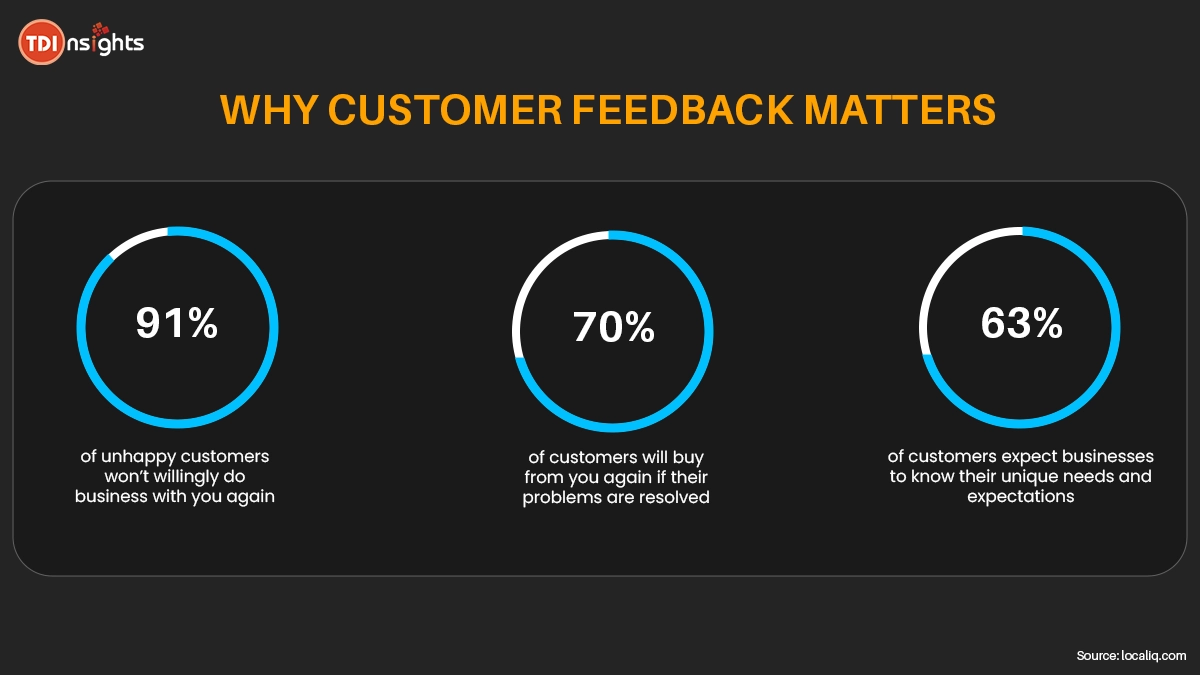
Your product or service needs to add value to your customer’s life. Anticipate negative feedback. There is no harm in thinking practically. Take criticism as a stepping stone for better growth of your company.
Handling feedback should be done with care. Listen to the customer patiently. Try to test out what might have gone wrong. If you figure out they aren’t using the product/service correctly, guide them. If there is a defect, acknowledge it, apologize, and get back to the department that can fix it.
Documentation is vital when dealing with feedback. This way, errors wouldn’t occur again, and improvements can be projected as enhanced features of the existing product or service. Calmness and politeness will be your two best friends throughout the feedback process.
3. Pay Attention to Detail
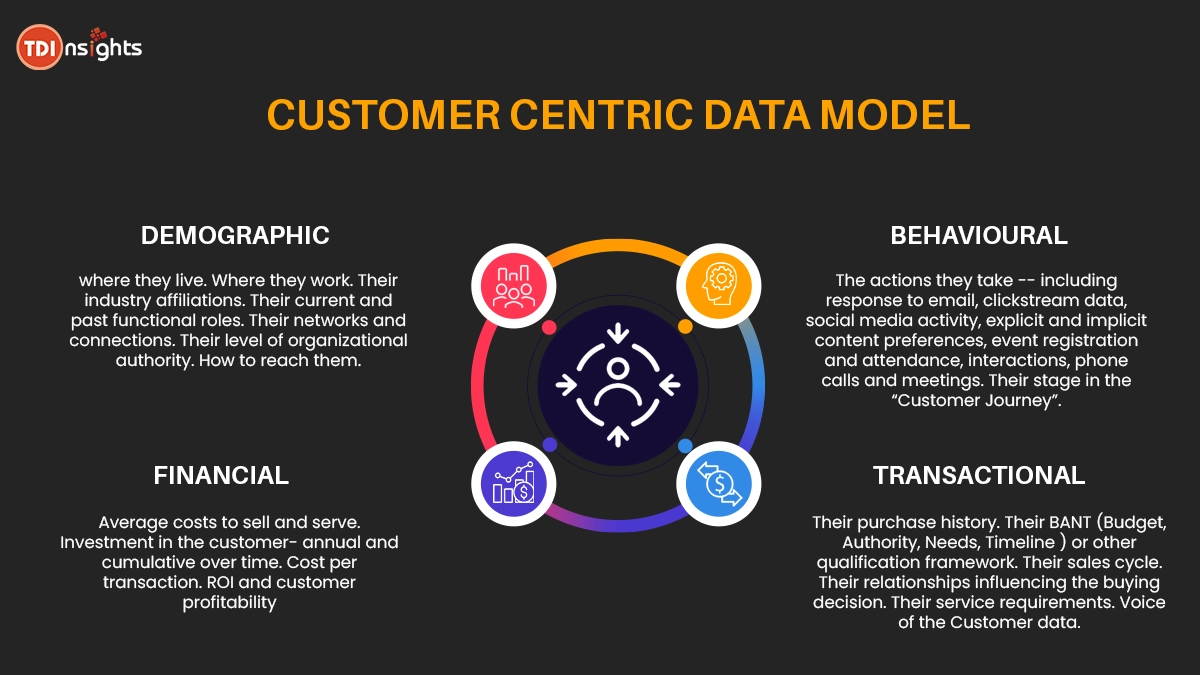
Many times, it’s the minute details that matter the most. Most customers appreciate it when every one of their interactions with the business gives them a sense of getting one step closer to the company. Every touch-point is essential. There will be several instances where a customer’s likes/dislikes, needs, wants, interests/disinterests might be the turning point for your business. A quick conversation might be where the conversion from a potential client to a lead occurs.
Content also matters. With the boom of social media, being connected is both easy and challenging at the same time. Customers are connecting with you on social media and researching your business elsewhere. Before doing business with you, it is only human nature for them to recheck. Make sure that you are aware of the latest technology trends. Use them to your benefit. Check that you have adequate and truthful content on all your sites. Include significant and minor points relating to the product/service to educate your potential and existing clientele.
4. Culture
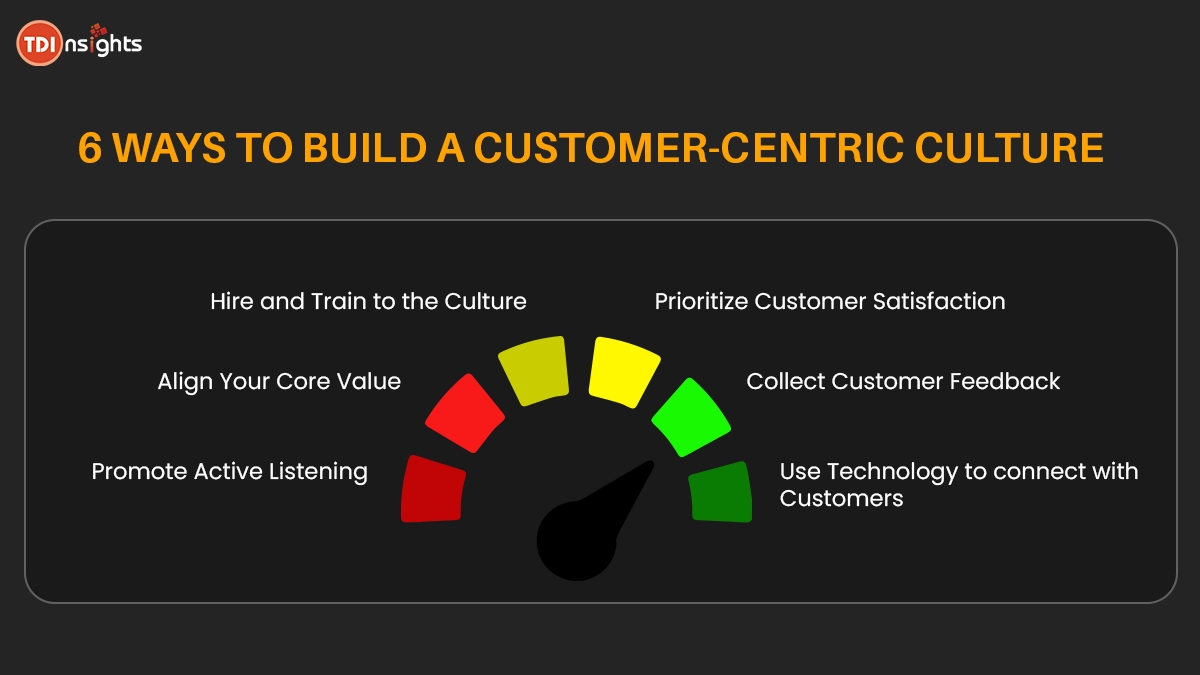
The business’ work culture of valuing your employees will boost your business in an unfathomable way. It is common knowledge that an ethical work culture will bring out the best in employees. “Please” and “thank you” are universal magical words. When additional responsibilities arise, politely request your employees to carry them out. When they do so, acknowledge their hard work for the same.
It is helpful if potential candidates who respect core values are hired. See if you can establish your business ethics in the interview process so that driven, dedicated, and morally upright candidates are hired. Build your team consequently.
Reward employees who follow the values of the company. Have faith in your hardworking employees. Make sure that every employee’s opinion is given due respect.
Communication is a much-needed aspect of all this. Each employee should be heard, acknowledged, and rewarded accordingly. Employees should be confident to reach out to others in the hierarchy when they have an idea or a query. Make the working environment comfortable so that the best ideas are utilized to benefit the progress of the business.
5. Business Structure
The structure of a business plays a significant role in its success. Strategies and targets aside, restructuring to make a customer-centric business is not wrong. History need not be repeated if it affects the productivity of the employees. Under-staffing, underpaying, and giving unnecessary weightage to the hierarchy might harm the ROI, too.
Treat employees equally regarding new ideas, opinions, questions, or testing. The newer generation might reveal new ideas that would only benefit the business. By rewarding such proactive behavior, you can encourage your team to improve. Incentives will boost employees’ determination and the desire to fulfill the needs of the business.
6. Personalization
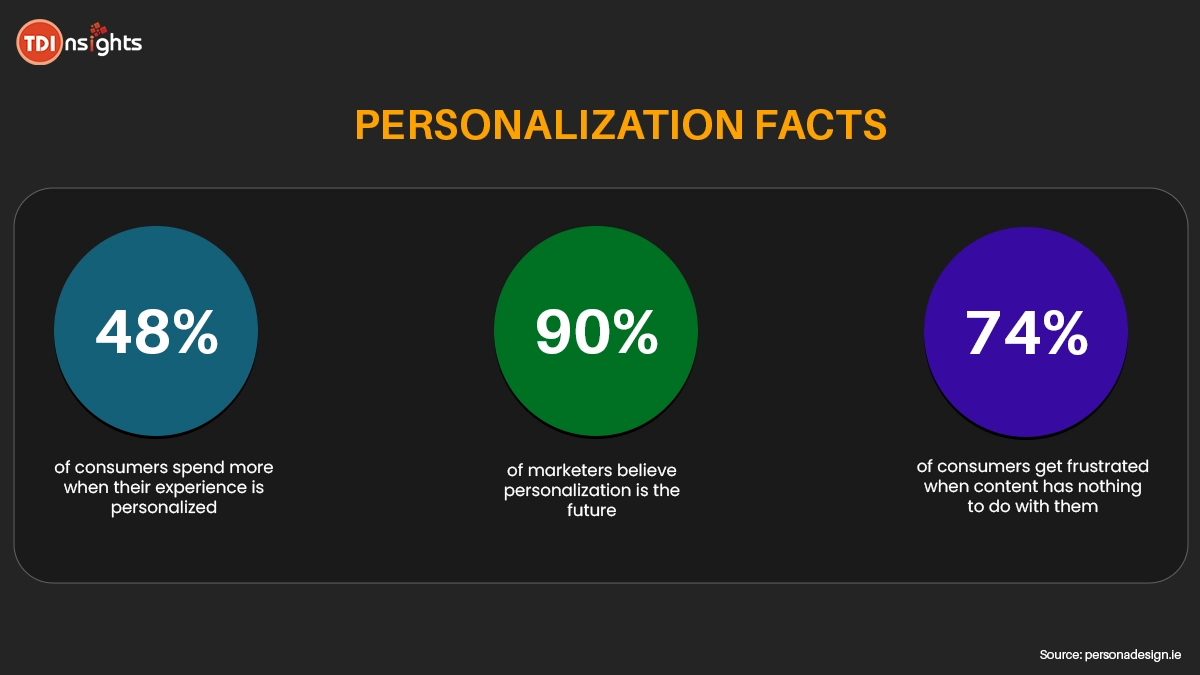
Personalization starts with knowing your customer by name. But it doesn’t end there. Don’t just see what your customer shows interest in online and bombard them. Use the knowledge to get them interested in your product or service.
Channel your conversations according to the customer. Please provide them with content that suits their demographic. Make notes while you converse with them. Try to establish a rapport with them. Make them feel heard, and try to weave yourself into the conversation.
Knowing the customer’s story will reward you for sure. Human bonds will enable you to think empathetically. By organically tending to their needs, you can make a potential lead into a long-term client. These long-term clients will help you with future collaborations, too.
7. Meet Customers Where They Want You to
Meeting your customers doesn’t mean crashing into their homes. Notice where they contact you. If it’s on your website, respond there. If it’s on a social media platform, converse with them on the same platform. If it’s through physical means, try to match it. If it’s via email, reply accordingly.
If you can’t reply to them in the same place, make sure that transitioning them to a different place is done without hassles. Keep their information intact so they don’t have to fill you in on what may seem tedious and repetitive.
Make sure that your customer doesn’t feel pushed around. Make their life easier. By responding on the platform, they connect with you at first, you establish trust and can increase their anticipation for converse with you.
Conclusion
Consistency is necessary for a customer-centric business. A CEI survey has found that only a mere 1% of customers find that businesses consistently meet their expectations. Sometimes, customer-centricity metrics cannot be mapped out by numbers or statistics. But the growth of the business will be the proof that it works out for the better.
There needs to be more than just creating customer-centricity. One must constantly think of ways to improve the customer’s experience. By following these strategies, you will surely bring more profit to your business, both monetary and on the humanitarian front.





